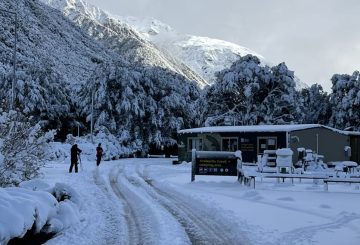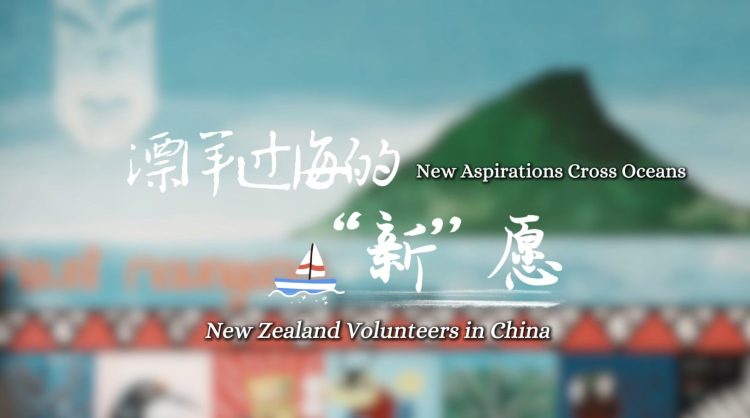An Invercargill man, 69-year-old Raymond Horn, was found dead five weeks after leaving his rest home, despite having dementia. A coroner’s report was released, with no blame assigned.
Horn, a retired truck driver, could only communicate simple messages after a stroke four years before. He was living at Walmsley House rest home when he went missing on February 15, 2021. That morning, a nurse delivered his medication, and when she returned later, Horn was gone. The nurse thought he had gone for a walk.
When Horn didn’t return by midday, the police were informed and began searching. CCTV footage showed an “agitated” Horn at a play area in Queens Park at 2:20 PM, which was the last sighting of him. The search involved many people, including volunteers, and lasted 14 days but ended on February 28 without finding him.
On March 26, a woman picking blackberries found Horn’s decomposed body near the Waihopai River. Due to tree coverage, his body was not seen during earlier search efforts. He was close to where he was last seen, having likely walked from a nearby track.
Seven months before he disappeared, Horn had a seizure and fractured his leg. He had multiple health problems and moved to Walmsley House for care. By late 2020, he was frail and had significant weight loss. Despite this, his doctor believed he benefited from regular walks outside the rest home, although he might become confused or tired quickly.
Reports indicated that Horn maintained some independence and did not show signs of planning to leave before his disappearance. He was due for another care assessment in March 2021.
The cause of death could not be determined due to the body’s condition, but there were no signs of injury. Police found no suspicious circumstances around his death. The coroner concluded that Horn likely got lost and rested under a tree, where he later died.
The case drew attention to the need for tracking devices for vulnerable people. After the findings were made public, Horn’s sister expressed gratitude for the efforts of all who searched for him.






























































